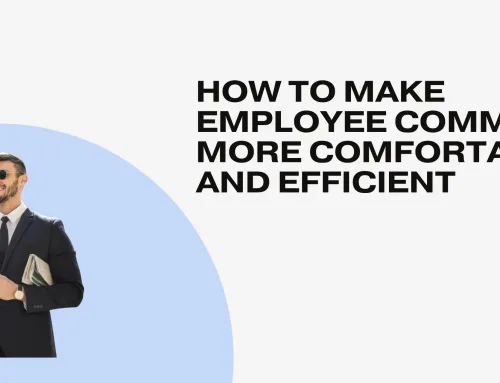Faster switching of business electricity providers can indeed revolutionize the way businesses in the UK procure and manage their energy. Traditionally, businesses have been locked into long-term contracts with their energy suppliers, which can be expensive and inflexible.
In recent years, the UK government has introduced several measures to encourage faster switching, making it easier for businesses to switch energy suppliers in a matter of days rather than months.
This has created a more competitive marketplace for business energy, with suppliers offering increasingly competitive rates and better customer service. In the modern world, there aren’t only many ways to skin the cat anymore– nowadays there are many ways to present it too.
How can faster-switching benefit businesses in the UK
Cost savings
By switching to a cheaper energy supplier, businesses can save money on their energy bills. This can have a significant impact on their bottom line, particularly for businesses that use a lot of energy.
Flexibility
Faster switching allows businesses to react quickly to changes in the energy market, such as price fluctuations or changes in energy usage. This can help businesses to better manage their energy costs and avoid unexpected expenses.
Improved customer service
With more suppliers competing for business, customer service levels have improved. Suppliers are more responsive to customer needs and are more willing to offer customized solutions to meet specific business requirements.
Green energy options
With more suppliers offering green energy options, businesses can switch to more sustainable energy sources, reducing their carbon footprint and enhancing their brand reputation.
To take advantage of faster switching, businesses should first compare energy suppliers to find the best deal. This can be done using comparison sites or by contacting energy brokers who can negotiate with suppliers on behalf of the business.
Once a suitable supplier has been found, the business can initiate the switching process, which typically takes a few days to complete.
Faster switching of business electricity providers in the UK can provide significant benefits to businesses, including cost savings, flexibility, improved customer service, and more sustainable energy options.
How do I choose appliances?
When selecting a new appliance for your home, it’s important to check the energy label. The label provides information about the energy consumption of the appliance, allowing you to compare it with other similar appliances. This can help you identify appliances that are more energy efficient. Additionally, you should consider the size of the appliance that best suits your needs.
Appliances undergo testing to determine their energy consumption during typical usage. This results in a rating from A to G, with A being the most energy-efficient and G being the least efficient. Some appliances use an older rating scale that goes from A+++ to G, with A+++ being the most efficient.
Appliances are classified by size, which means that two appliances with the same energy rating might consume different amounts of electricity if they have different sizes.
For instance, a 265-liter fridge freezer with a G rating could cost around £100 a year to run (equivalent to 60kgCO2e), while a larger 424-liter fridge freezer with a better F rating could cost approximately £105 (equivalent to 65kgCO2e) per year to run.
To find the most suitable appliance with the best energy rating for the size you need, it’s recommended that you check the appliance’s energy label. If you reside in England, Scotland, or Wales, additional information about energy labels can be found on the Label 2020 website.
In Conclusion
To summarize, faster switching of business electricity providers can bring several benefits to businesses in the UK, including cost savings, flexibility, improved customer service, and access to more sustainable energy options.
To take advantage of faster switching, businesses should compare energy suppliers to find the best deal and initiate the switching process, which typically takes a few days to complete.
When selecting appliances for your home, it’s essential to check the energy label, which provides information about the energy consumption of the appliance and allows for comparison with similar appliances. The energy label rating ranges from A to G, with A being the most energy-efficient, and some appliances use an older rating scale from A+++ to G.
Additionally, considering the size of the appliance that best suits your needs are also essential, as appliances are classified by size, and two appliances with the same energy rating might consume different amounts of electricity if they have different sizes.
By checking the energy label and selecting the appropriate size, you can identify appliances that are more energy-efficient, resulting in cost savings and reduced carbon footprint.










